Favorite modular folks:
* flohr on modulargrid here
* dsquintz on modulargrid here
* kedromelon on modulargrid here
I actually super like this layout.
Leaning away from ER-301 even though it is a gorgeous and capable machine.
Now pondering Varigate-8/E350 or Voltage Block/Triatt/E350. Going Varigate.
Oubliette has 7 offsets/attenuverters and 5 VCAs not counting the internal VCAs in the dual Mangroves and Tides.
Nostalgia for Infinity has 4 offsets/attenuverters/VCAs from Frames and 3 VCAs from Optomix/Ripples.
Lots of sequencing options and plenty of attenuation built in on Akemie's Castle/URA but that's still on the soft side.
Something awkward about having SVVCF and Ripples. But Ripples acts as a VCA and SVVCF as a mixer.
Would love to ditch Ripples but don't want SVVCF droning and want both channels of Optomix for Akemie's.
This suggests I want more VCAs. Could automate with Frames? I might like the idea of Frames more than using it though.
Sidelining Ripples (and maybe URA or Frames) could be reasonable if it lets me swap in some alternative modulation + VCAs.
Buy:
* Get unpowered Submodular 208 to replace the Move 208?
* Get Malekko Power Supply. Or Intellijel TPS80?
* Voltage Block
* 6hp Dual VCA. New Xaoc one/Moddemix/uVCA?
Maybe get my hands on:
* Arpitecht
* Loquelic Iteritas
* Morphagene? Or 4ms Sampler? Or Enso?
* Audio Damage Eos? (Swap for Erbe Verb?)
Less likely:
* Pamela's New Workout?
* Beast's Chalkboard?
* Blinds?
* SSF Spectrum?
Pretty boops I will not buy:
* Xaoc Praga
* Intellijel Triatt
* Synth Tech E102/E330
* Mutable Links
* Manhattan Analog Mix
* Ultrafold
* Toppobrillo Stereomixer
* Argos Bleak
* Eloquencer


